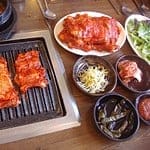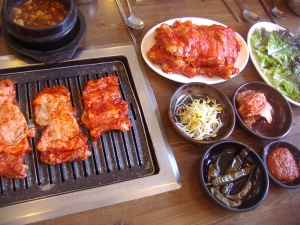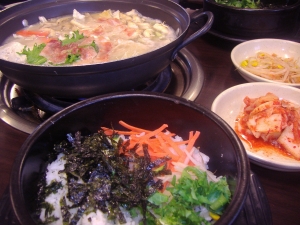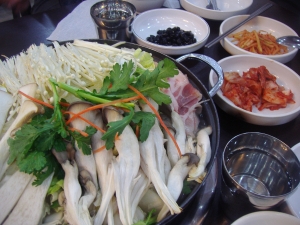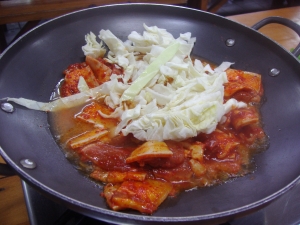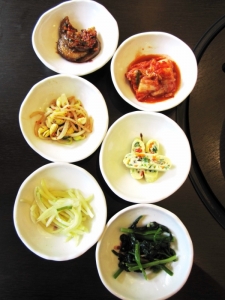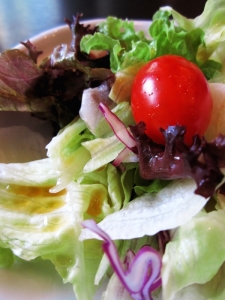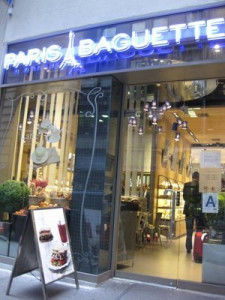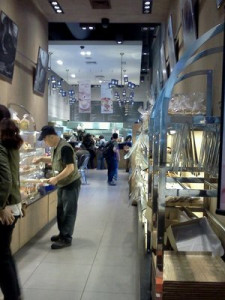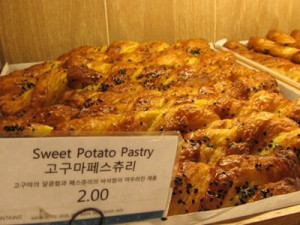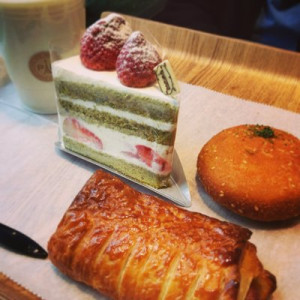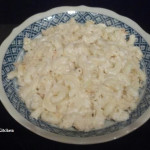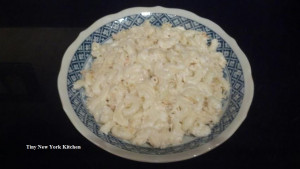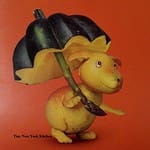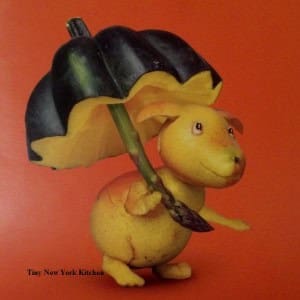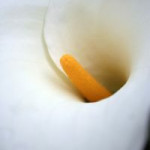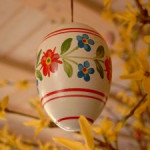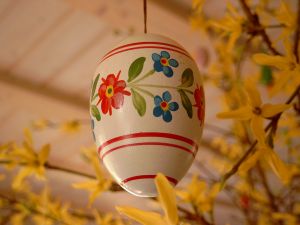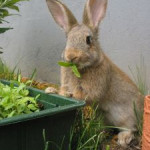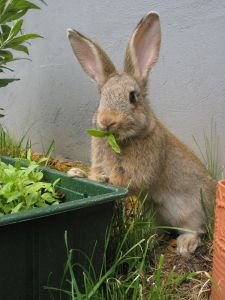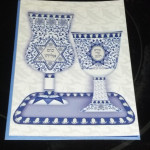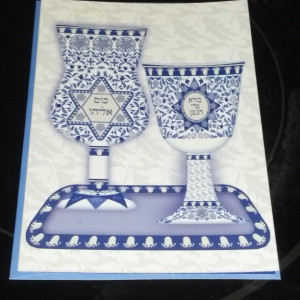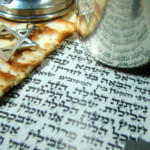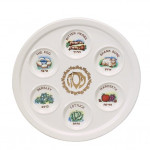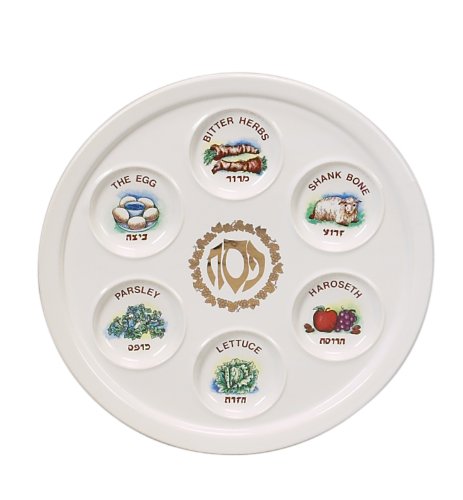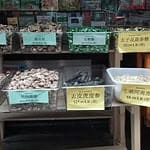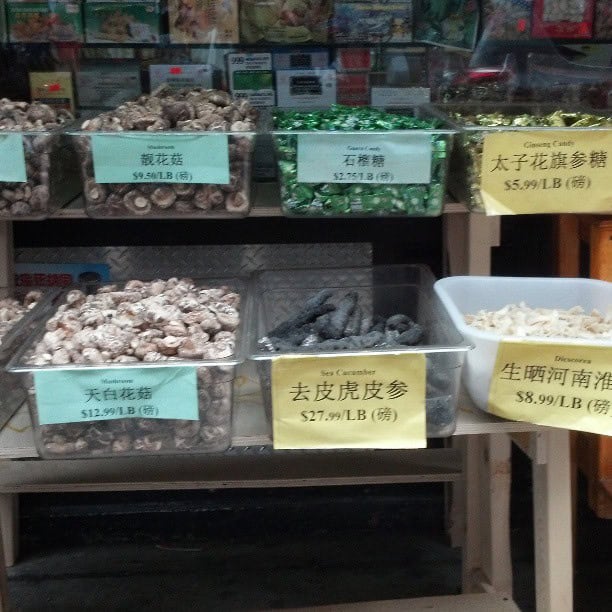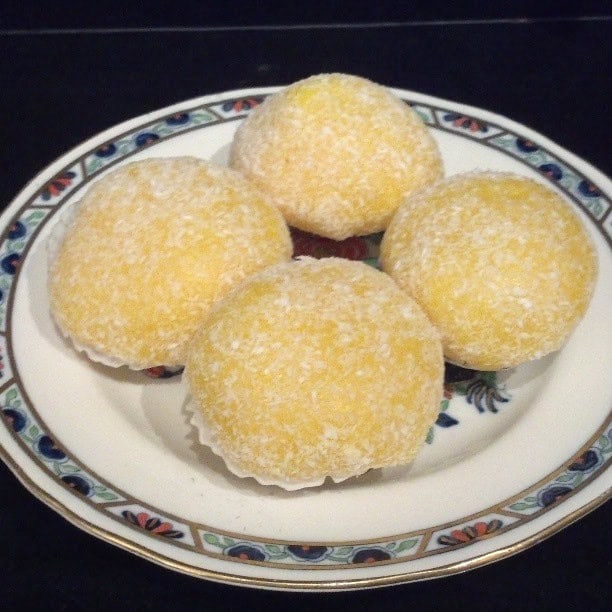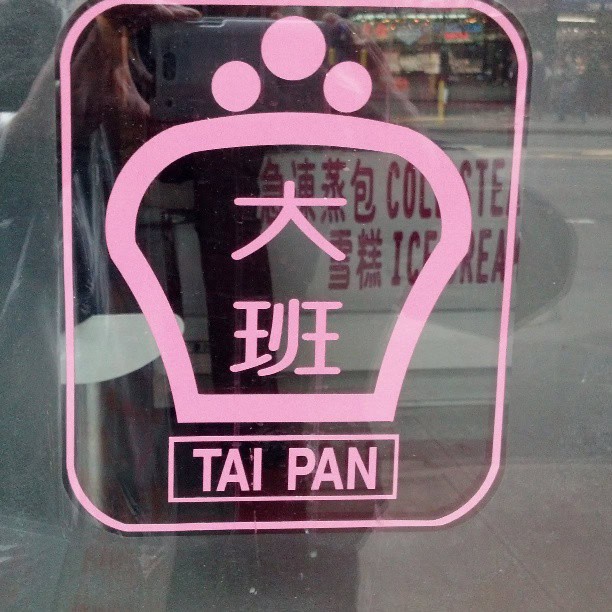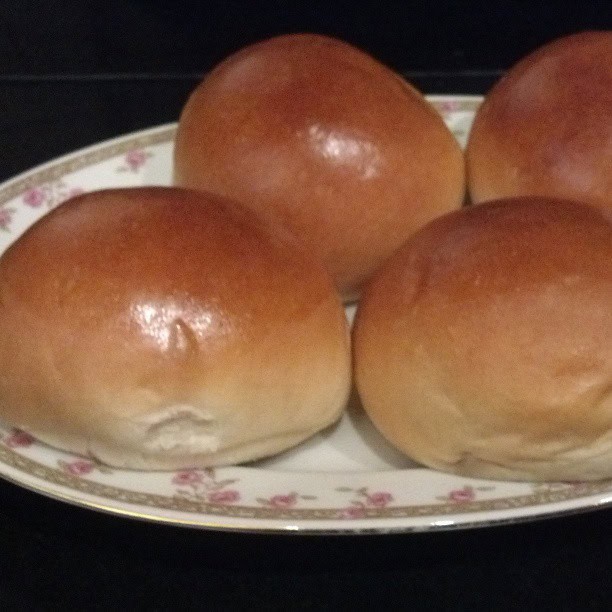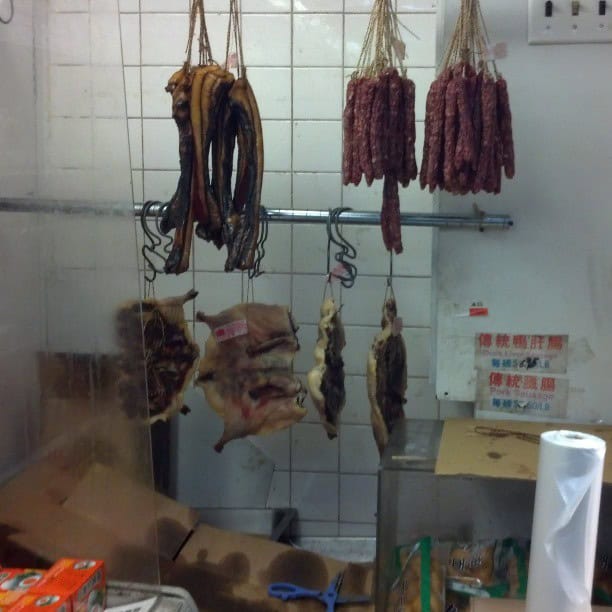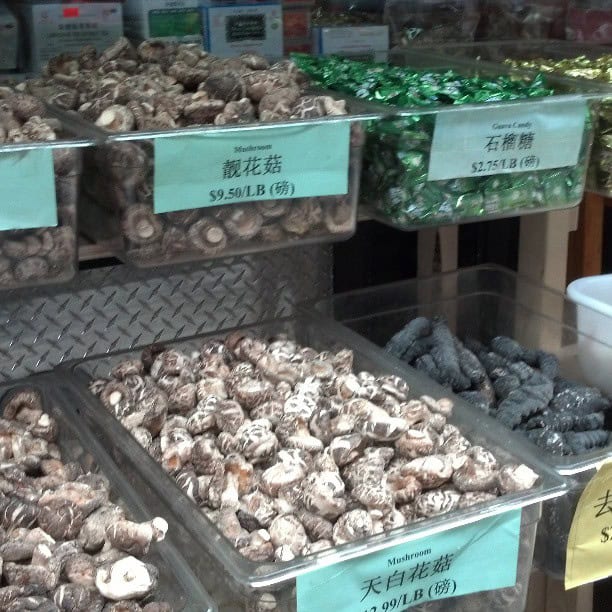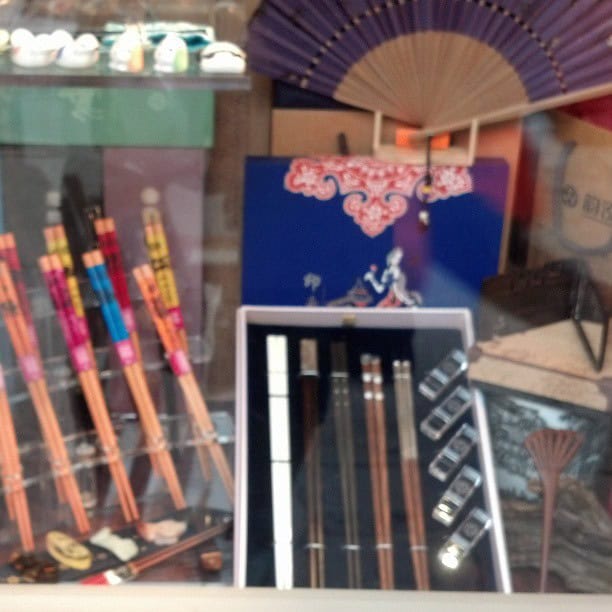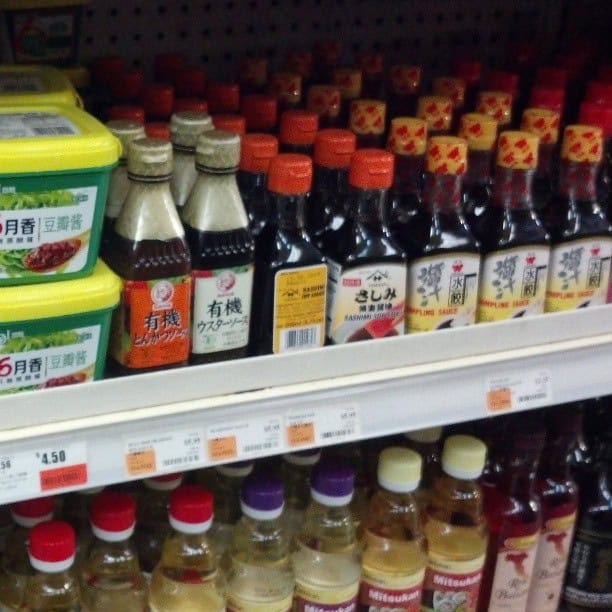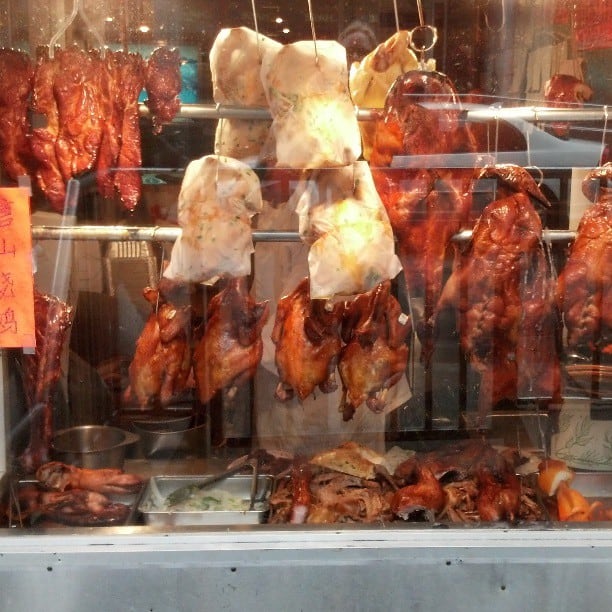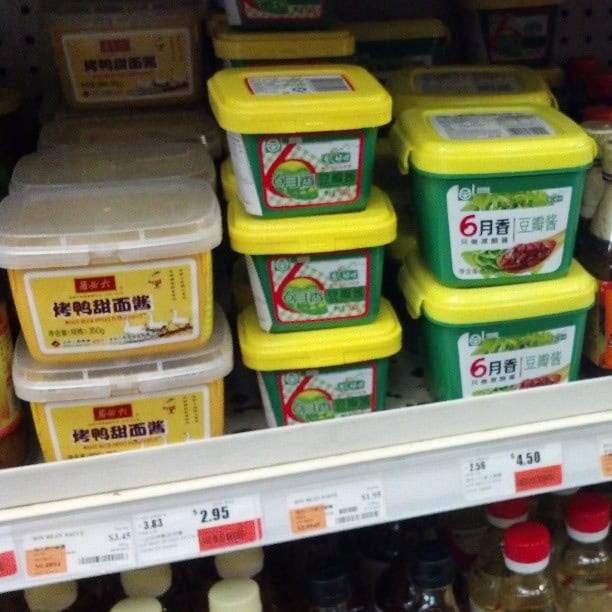Forget that horrible box stuff and make your own delicious Mac & Cheese. Here is a different spin on the usual cheddar cheese macaroni & cheese dish. Using the brie, cream cheese and mascarpone makes it nice and creamy. I used macaroni pasta here, but you can use pasta shells or farfalle pasta.
INGREDNTS
2 Tablespoons Unsalted Butter
1/2 Teaspoon Kosher Salt
12 Ounces of Farfelle or Macaroni Pasta or Shells
7 Ounces Brie (Rind Removed) Cut Into Chunks
5 Ounces Cream Cheese Softened & Cubed
3 Large Eggs Lightly Beaten
1 Cup Mascarpone Cheese
1 Cup Grated Parmigiano Reggiano Cheese
3/4 Teaspoon Black Pepper
1/4 Teaspoon Finely Grated Nutmeg
Heat your oven to 375º F. Butter a 2 quart gratin dish. Bring a large pot of heavily salted water to a boil. Cook pasta to al dente and then drain well. DO NOT rinse the pasta. Transfer the hot pasta to a large bowl and toss immediately with Brie and cream cheese until melted and smooth. In a separate bowl, whisk together the eggs, mascarpone and Parmigiano. Stir the egg mixture into pasta. Season with the kosher salt, pepper and nutmeg. Place the pasta into the prepared baking dish. Bake for 30 minutes. Remove from the oven and serve immediately. Serves 6
Easter celebrates the resurrection of Jesus, but is also associated with popular symbols such as eggs, candy, bunnies and food. Here is a look at the origins of these beloved symbols.
The Easter Lily
The white blossoms of the lily symbolizes the purity of Jesus. The trumpet-shaped flower that blooms in the spring also symbolizes new life and the resurrection of Jesus Christ. People use the flower to celebrate and enjoy the very essence of the Easter season.
Hot Cross Buns
A favorite during spring and the Easter season. Hot cross buns are a sweet, yeast leavened, spiced roll made with currants or raisins. They have long been a symbol of Good Friday. Each bun has an icing cross on top to signify the crucifixion.
The Butterfly
The butterfly’s unique life cycle is meant to symbolize the life of Jesus Christ. The first stage, the caterpillar, stands for his life on Earth. The cocoon stage portrays the crucifixion and the burial of Jesus. The final stage, the colorful butterfly, represents Jesus rising from the dead and the resurrection.
Easter Baskets
In Germany, children made nests in which the “Osterhase” or Easter Bunny could lay his colored eggs. The nests were replaced with baskets once the tradition was brought to the United States and the Easter contents were expanded to include candy and other treats.
Easter Ham
In the United States ham has become a traditional Easter dish. In the early days, meat was slaughtered in the fall. There was no refrigeration so the fresh pork that wasn’t consumed during the winter was cured for spring. This made ham a natural choice for the celebratory Easter dinner.
Easter Egg Hunts & Rolls
The first official White House egg roll took place in 1878 under the presidency of Rutherford Hayes. Egg hunts and rolls have no religious connection, but some will point out that the roll is a symbolic act for the removal of the stone blocking Jesus’ tomb.
Easter Parade
The origin of Easter parades dates back to the mid-1800’s in New York City. The wealthy used Easter as an opportunity to show off their new spring wardrobe by walking up and down Fifth Avenue after church. Soon the less fortunate started showing up to watch the spectacle and a tradition was born.
Easter Candy
Second only to Halloween in candy sales, Easter is a holiday for children and adults with a serious sweet tooth. Chocolate eggs and candy shaped like bunnies or eggs are extremely popular. Also, jelly beans are often associated with the holiday due to their egg-like shape.
The Egg
Easter eggs are likely linked to pagan traditions, but eggs have long been used to celebrate spring and the idea of renewal. It’s not unusual that in almost all ancient cultures, eggs are held as a symbol of life. At the Passover Seder, a hardboiled egg dipped in salt water symbolizes both new life and the Passover sacrifice offered at the Temple of Jerusalem.
The Easter Bunny
The cute furry creature is certainly not mentioned in the Bible, but has nonetheless become the most well-known symbol for the spring holiday. The Easter Bunny’s origins are not entirely known, but some stories date his arrival in the United States back to the 1700’s when German immigrants brought their tradition of an egg laying hare called “Osterhase” to the country. Much like children leave cookies for Santa, boys and girls leave carrots out for the Easter Bunny in case he got tired from hopping around all night.
Passover is almost here and if you are Jewish then it’s time to think about preparing the Seder plate. The foods are symbolic and are arranged on a specific Seder plate which is called k’arah in Hebrew. Some of these symbolic foods are eaten and some are not. Throughout the years these plates have been made from silver, pewter, brass, painted porcelain and glass with specific indented compartments for the ceremonial foods. If you don’t have a Seder plate then you can display the foods on a pretty tray or platter with decorations of fresh spring blossoms or herbs. If you are having quite a few quests then you may want to have a second Seder plate for the other end of the table.
The traditional Seder plate items include:
Karpas: A vegetable to celebrate spring and rebirth. This vegetable usually is a green vegetable such as celery, sweet lettuce or a spring herb such as parsley or chervil which symbolizes the beginning of new life. Some use a boiled potato as a reminder of a harsh early spring.
Maror: This symbolizes the misery of the Israelites’ slavery and oppression. This is a bitter herb that varies from community to community or even from one family to another. Ashekenazim like to use either ground or sliced fresh horseradish root or romaine lettuce. Sephardim like to use bitter greens such as endive, escarole, chicory, sorrel, arugula, dandelion, purslane, celery leaves or watercress. Maror is eaten by all at the table so you may want to put extra in a separate bowl.
Haroset: Haroset is the fruit and nut dip that is symbolic of clay or mortar that the Israelites used to construct the pyramids. Kids like to sculpt it into pyramid shapes if the haroset is stiff enough. Some people like to serve two or three different types of harosets symbolizing the diverse Jewish communities. Haroset usually consists of quartered, grated or chopped apples, walnuts or almonds, ground cinnamon and kosher grape wine or grape juice. The consistency tends to be more like a paste.
Hazeret: Many Seder plates have a second place for another bitter herb in addition to the maror. This additional bitter herb is to be used in the traditional Hillel sandwich which is a matzoh with a filling of haroset and bitter herbs.
Zeroa (Forearm): This is a roasted lamb shankbone that symbolizes the ancient Paschal lamb sacrifice in the Temple. It also symbolizes the protective arm of God. The Israelites marked their doorposts with blood from the lamb that was slaughtered on the eve of the Exodus. Seeing this sign, the Angel of Death “passed over” their homes, keeping them from God’s tenth and final plague (the slaying of the firstborn males). Some use a poultry wing or neck. Vegetarians may use a beet. A friend of mine, who is not a meat eater, told me that last year she cut out a picture of a shankbone and placed it in the proper place on the Seder plate. Zeroa is typically not eaten at the Sedar. The shankbone is roasted and scorched to symbolize the burnt sacrificial offering.
Beitzah: This is a roasted egg which is the symbol of the festival sacrifice of each Jew brought to the ancient Temple. It is also a symbol of spring, mourning and rebirth. The egg is also not eaten during the Seder service. Hard boil an egg and then wrap it, still in the shell, in a foil. Place it in a hot oven until it is lightly charred. Make sure to hard boil the egg first or you will have quite a mess on your hands.
Another symbolic item on the Seder table, not on the Seder plate, is a plate of three whole matzot, which are stacked and separated from one another by cloths or napkins. The middle matzah is broken and half of it put aside for the afikoman (after the meal or dessert). The top and other half of the middle matzot is used for hamotzi (blessing over the bread). The bottom matzah is used for the Hillel sandwich.
A bowl of salt water is used for the first “dipping” of the Seder. It is not traditionally part of the Seder plate, but it is placed next to it. Sometimes the bowl of salt water is used as one of the six items, omitting haroset.
Potato Peels: Survivors of the Holocaust and their children began including potato peels as a symbol of the Holocaust and today’s hunger and famines. It was a blessing to have a potato peel as it could mean the difference between life and death in the concentration camps. For many Jews who fled the famines of Ethiopia it was the potato that was the first food tasted when they immigrated to Israel.
Orange: Some new Seder plates have an additional place for an orange. Theologian Susannah Heschel, “Orange on the Seder Plate,” talks about the ritual that she created based on a story that she had read in a feminist Haggadah. She asked everyone to take a tangerine segment, say the blessing over it and eat it to symbolize solidarity with Jewish lesbians and gay men as well as others who are marginalized within the Jewish community.

